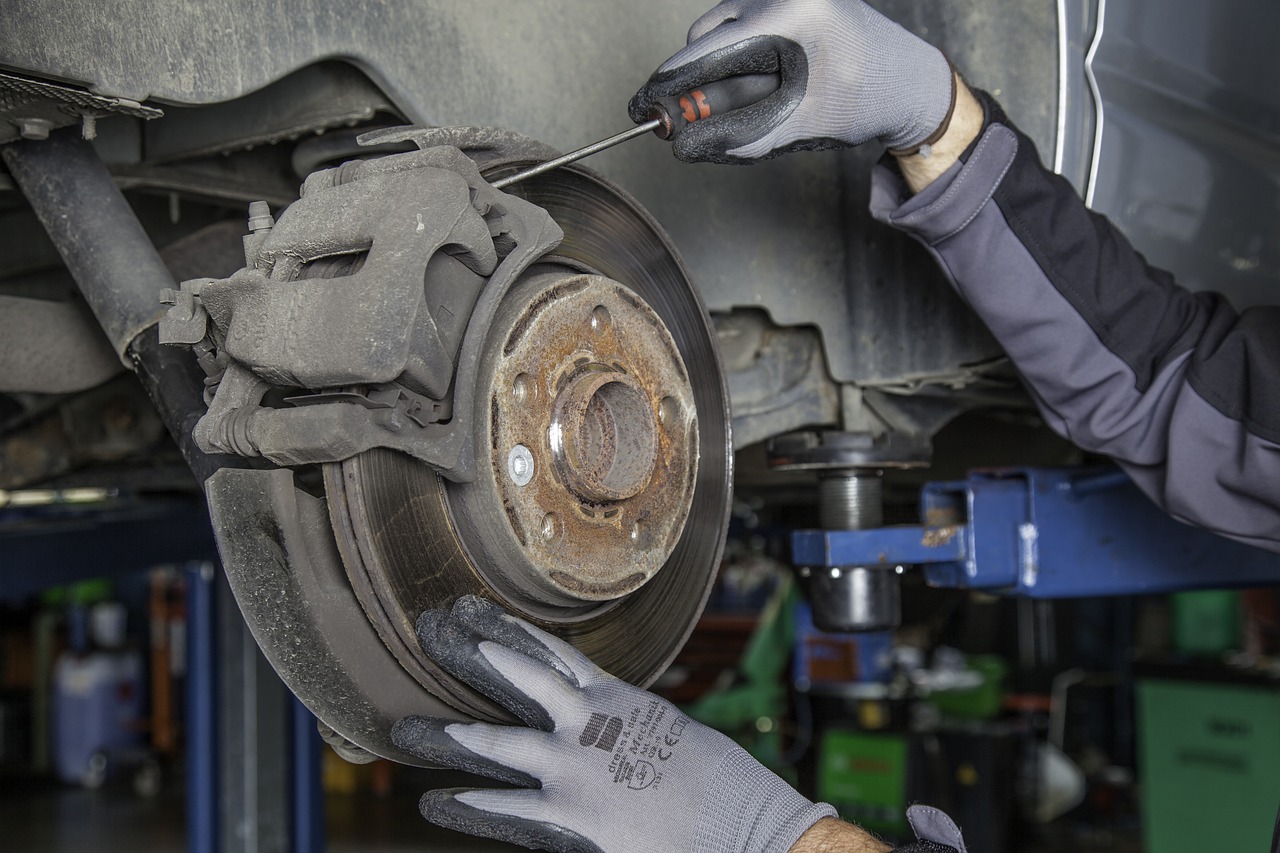
Grinding or Squeaking Sounds
Hearing a grinding or high-pitched squeal when braking often means your brake pads are worn down. Ignoring it can lead to damage to your brake discs. This not only affects safety but also increases repair costs. Schedule an inspection promptly to prevent further damage.
Pulsating or Vibrating when Braking
Book an inspection promptly!
Vehicle Pulling to One Side
Pulling to one side when braking can indicate uneven brake pressure, seized callipers, or worn components. This can compromise vehicle control, especially in emergency stops. It’s a common issue that should be inspected and fixed quickly.
Spongy or Soft Brake Pedal
A soft or spongy feel when pressing the brake pedal is often caused by air or moisture in the brake lines. It reduces braking responsiveness and could pose a serious safety risk. A brake fluid bleed or system check is usually required.
Brake Warning Light
The brake warning light signals a problem in the system, such as worn pads, low brake fluid, or a sensor fault. Driving with the light on is unsafe. Visit our garage to diagnose the issue using professional tools and restore full brake function.
Handbrake Sitting Too High
If your handbrake pulls up too far or feels loose, it may need adjustment or cable replacement. A high handbrake can fail to hold the vehicle securely. Regular checks ensure it works reliably, especially on hills and inclines.
Old or Discoloured Brake Fluid
Brake fluid absorbs moisture over time, reducing braking power and increasing corrosion risk. If it appears dark or hasn’t been changed in over 2 years, a flush is recommended. Clean fluid ensures consistent and safe braking performance.
What components does the brake inspection cover?
- Static Test – We inspect pedal travel, servo function, brake light operation, and low-speed braking to ensure it’s safe for a road test.
- Initial Road Test – We drive the vehicle to detect any obvious braking issues or abnormalities.
- Pads & Shoes – We measure wear levels and inspect for signs of damage or excessive deterioration.
- Wheel Cylinders & Master Cylinder – Checked for leaks, wear, or damage that could affect performance.
- Disc Brake Callipers – We examine callipers, pipes, and hoses for leaks or physical damage at each wheel.
- Brake Pipes & Hoses – All hydraulic pipes and hoses are checked for condition, leaks, and secure fitting.
- Precision Inspection – Discs and drums are measured for thickness and checked for warping or cracks.
- Parking Brake (Handbrake) – We assess function and condition, including electronic systems where fitted.
- Brake Fluid Check – Fluid is tested for contamination and moisture absorption, both of which affect braking efficiency.
- Final Road Test – A post-inspection drive confirms the system is working properly and safely.
How often should car brakes be replaced?
Brake wear depends heavily on how and where you drive. For example, brake pads may last up to 60,000 miles on vehicles driven mostly on the motorway. However, the same pads might wear out in 25,000 miles or less in stop-start city traffic.
Front brakes typically wear out faster than rear brakes, especially on front-wheel-drive vehicles, as they handle a greater portion of the braking force. It’s recommended to replace brake pads when the friction material wears down to 3mm. Brake discs should also be replaced if they fall below the manufacturer’s minimum thickness. Measuring disc thickness requires lifting the vehicle, removing wheels, and using specialist tools. For accurate and safe assessment, it’s best to let a qualified technician handle the inspection.